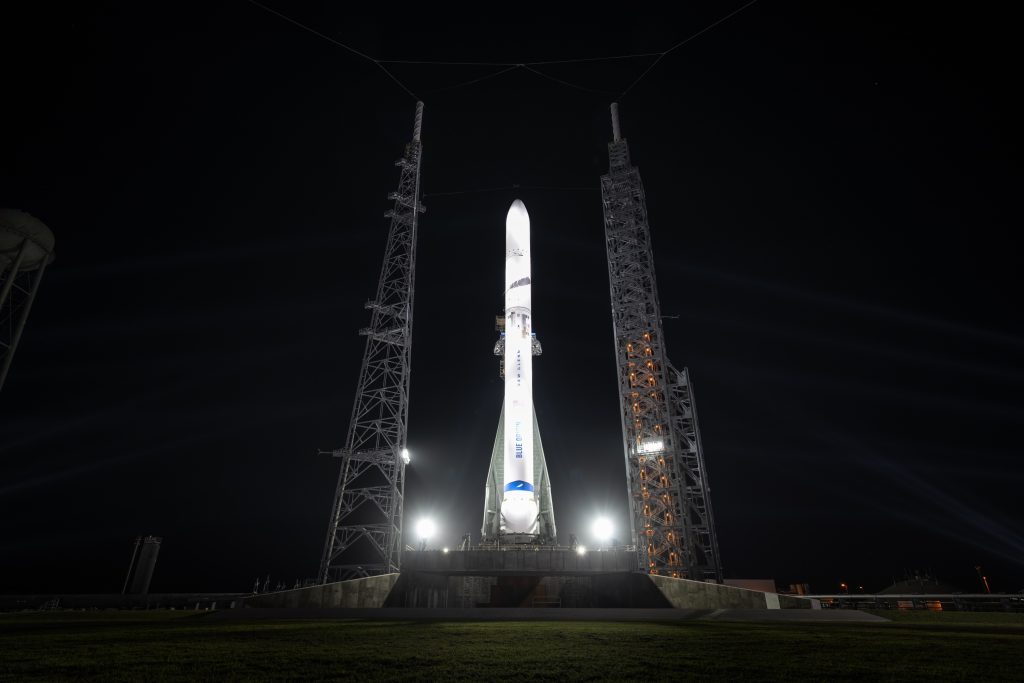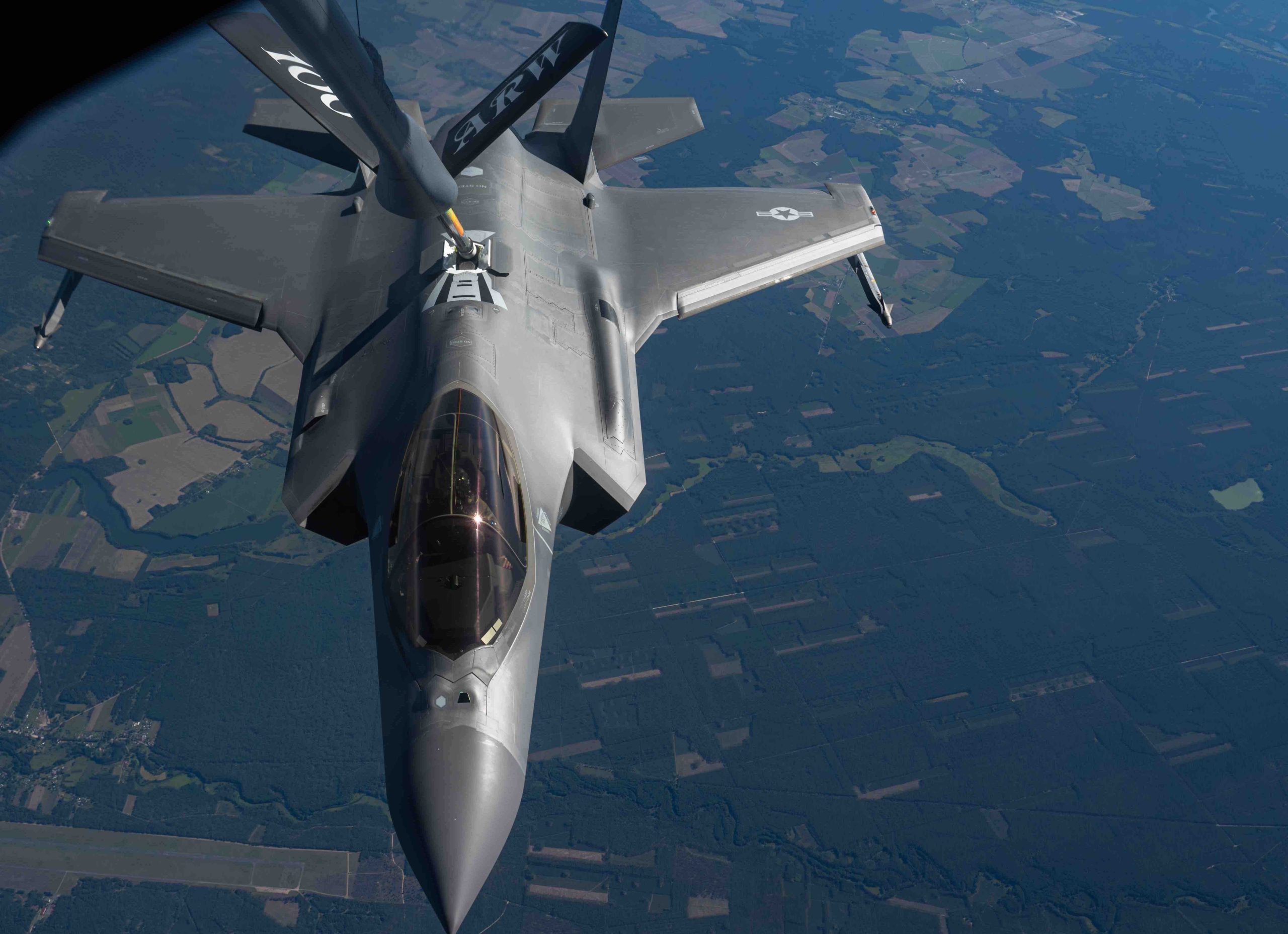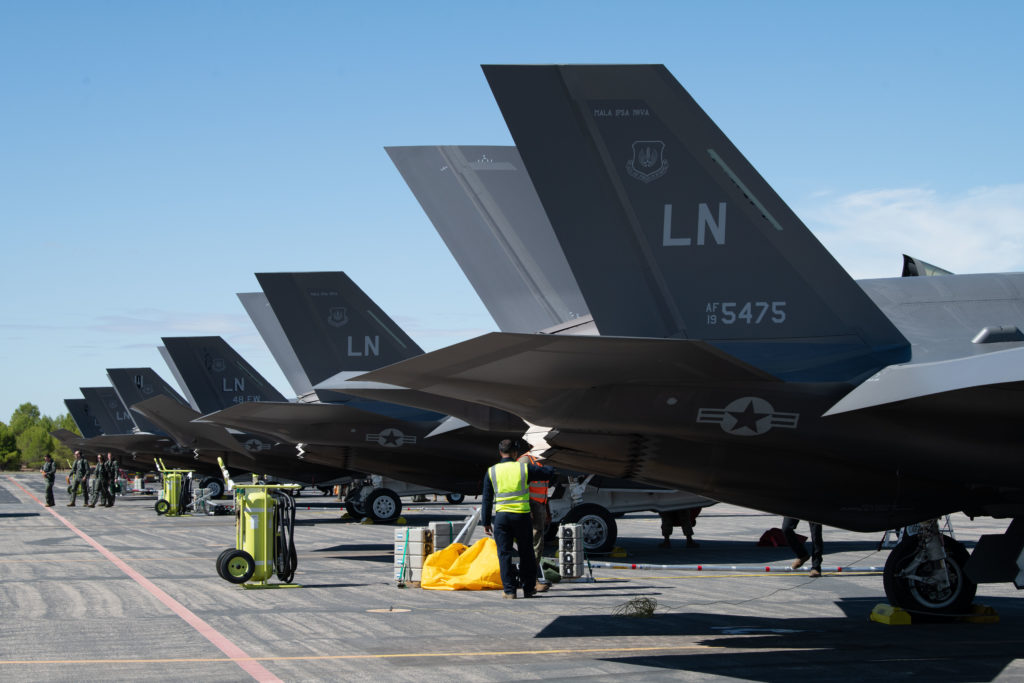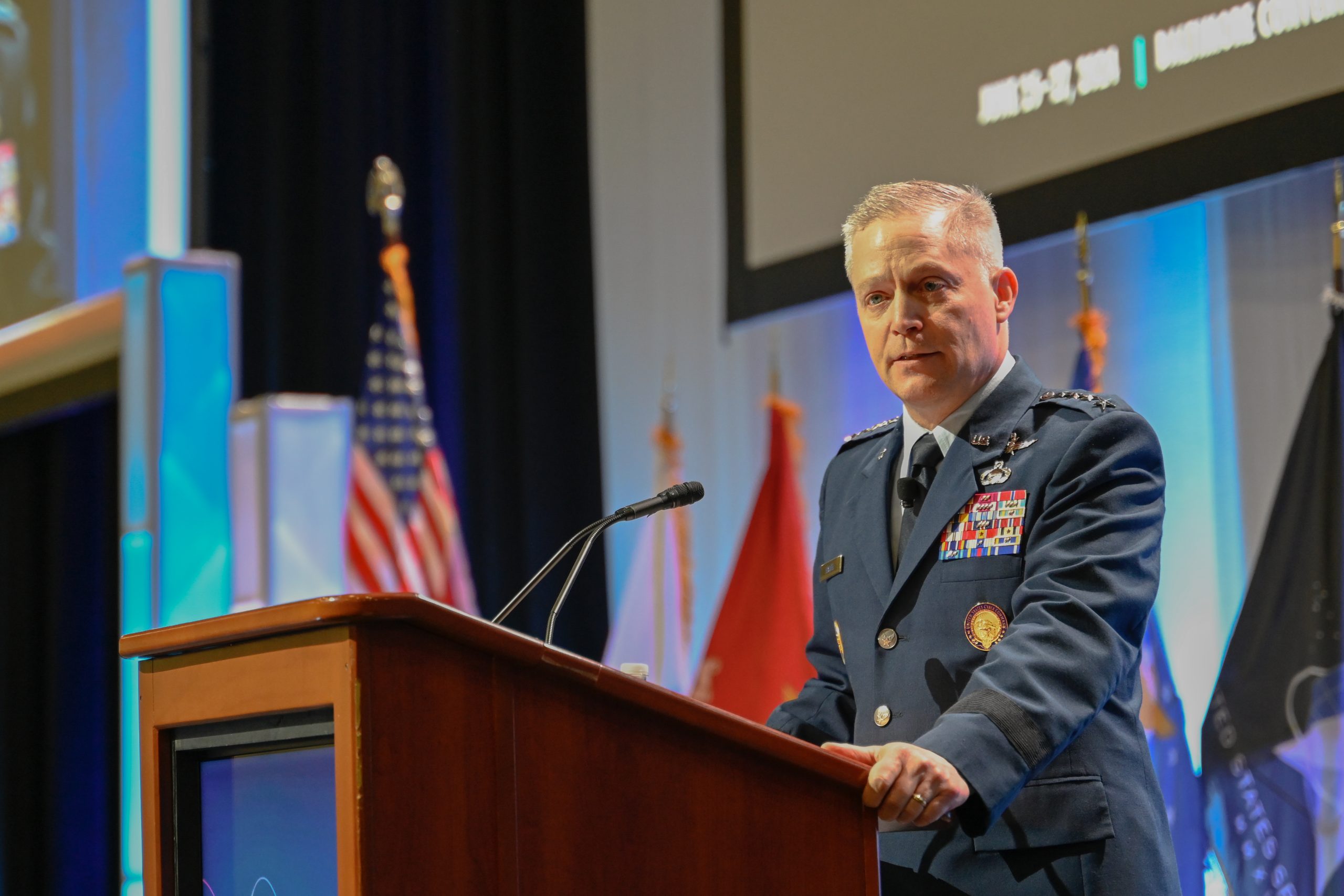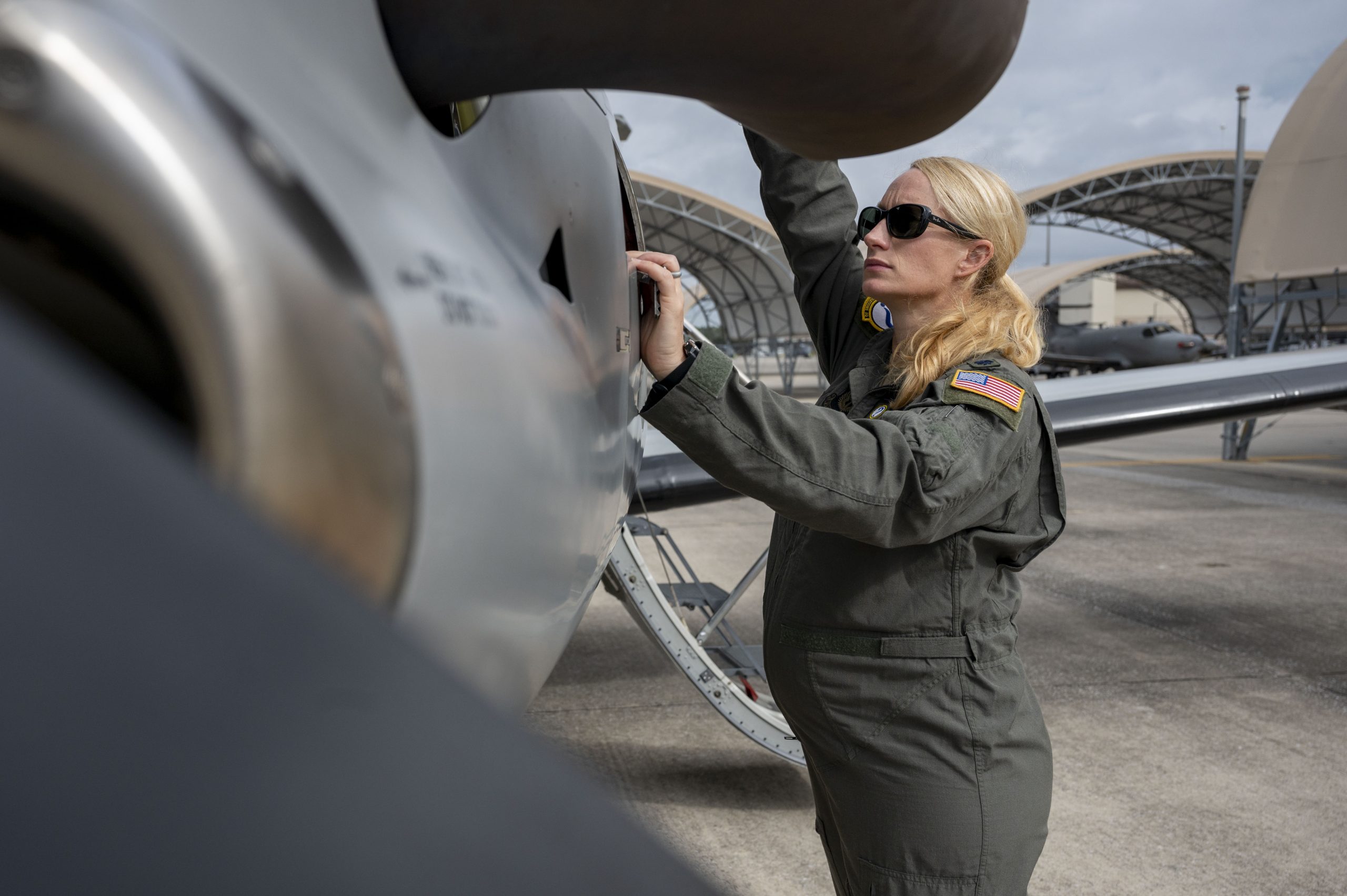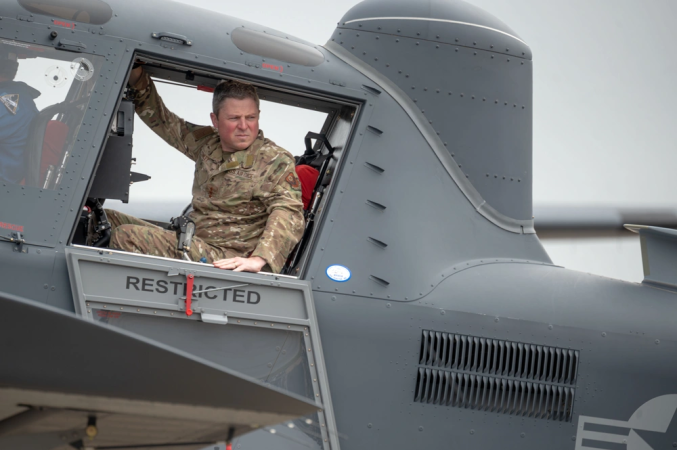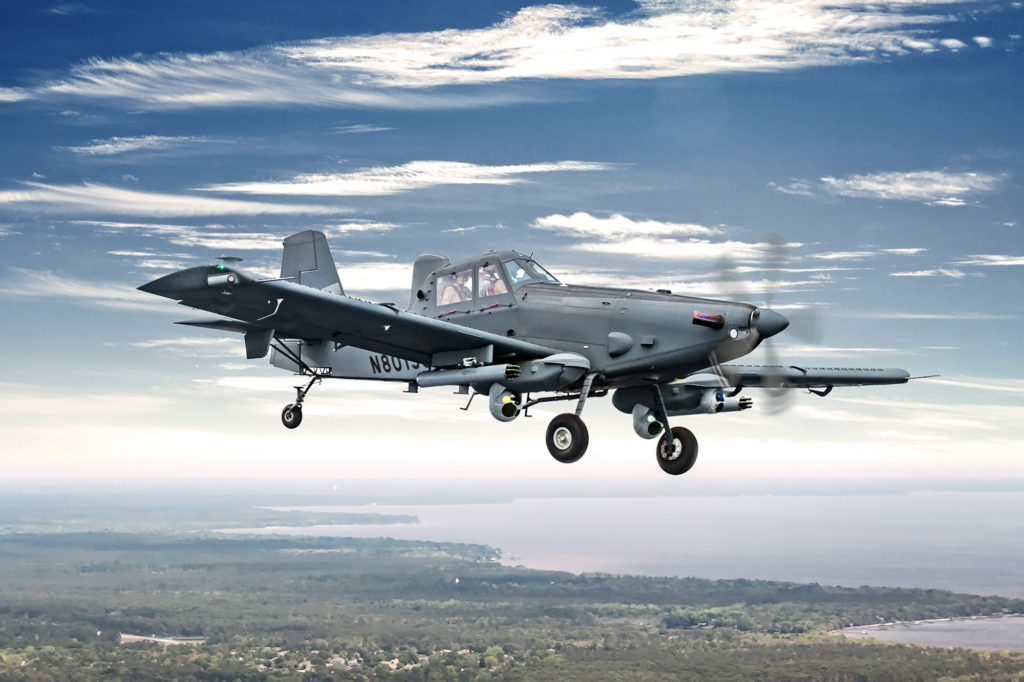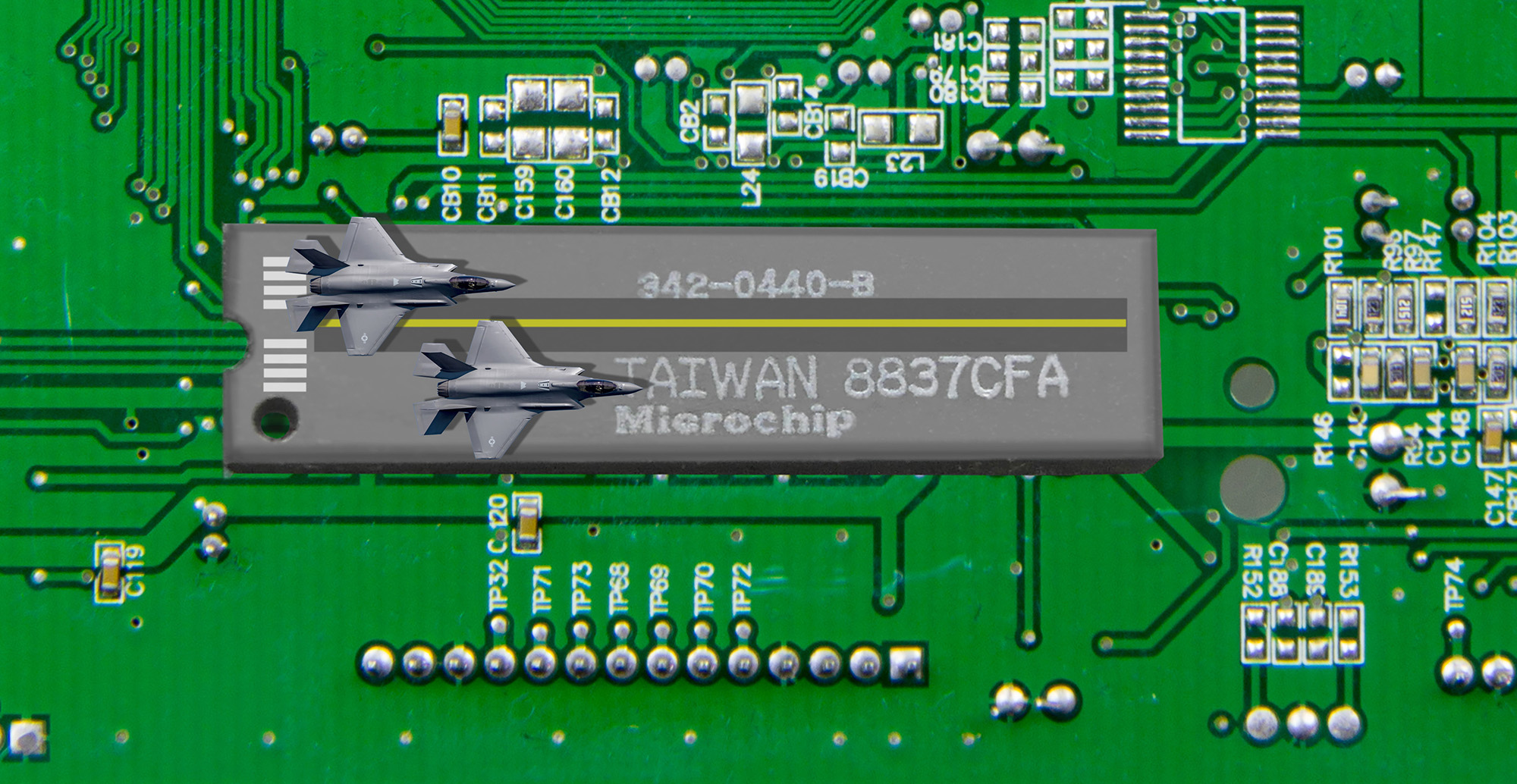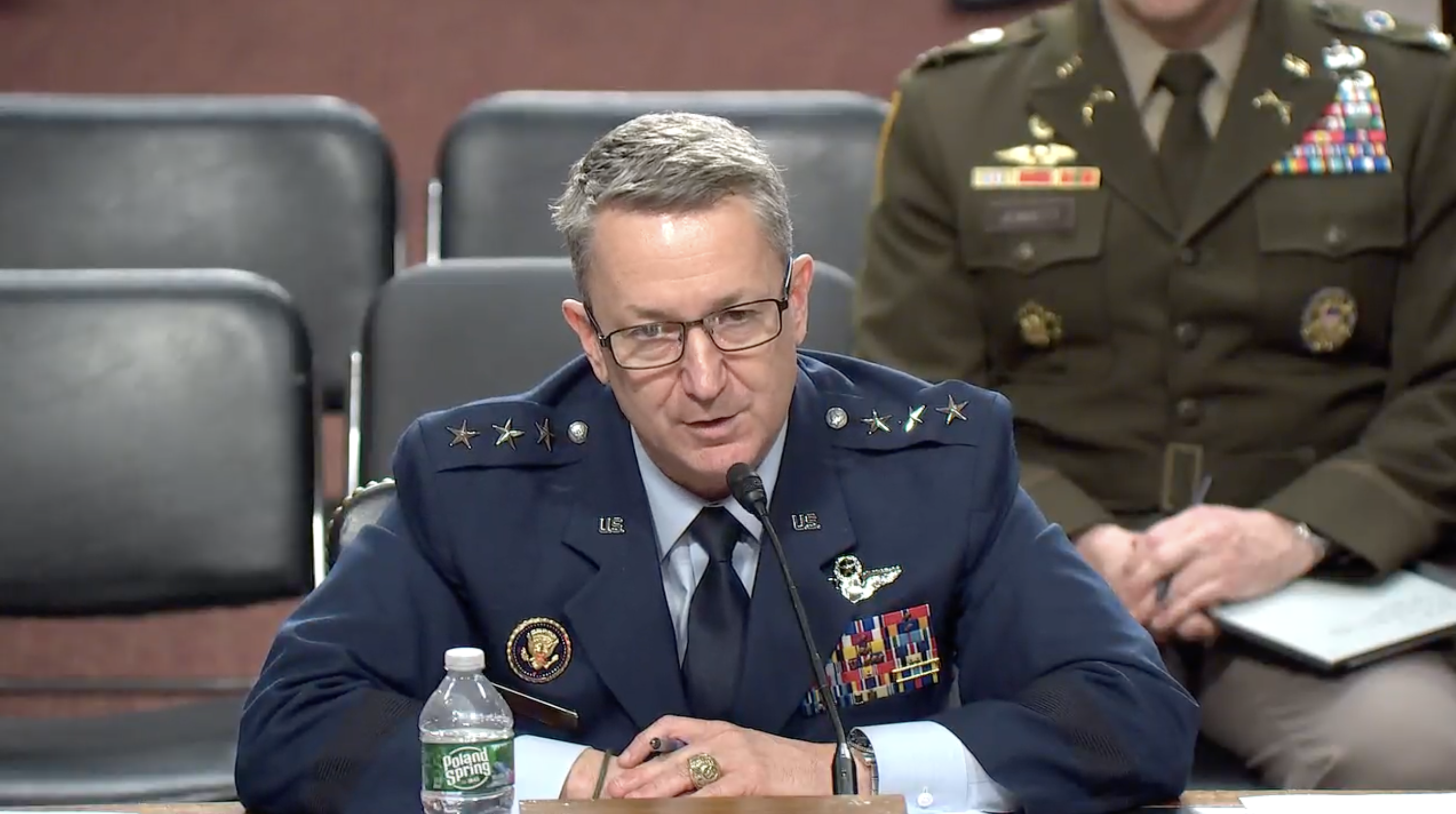The Space Force’s new “capstone doctrine” released April 3 prioritizes space superiority and warfighting. It is the first major update of USSF’s five-year-old foundational doctrine.
“Space Force Doctrine Document 1 – The Space Force” manifests Chief of Space Operations Gen. B. Chance Saltzman’s push for a Space Force that goes beyond enabling other military branches through navigation, timing, intelligence, and communications, to a fighting force capable of defending its assets in space and of putting those of rivals at risk.
“In conflict, space will be a contested environment” Saltzman wrote in a foreword to the document, which reiterates the six “core truths” about spacepower he first outlined last December. “We are the military service dedicated to fighting in [space]. We do not merely provide support functions—we also employ military force to achieve space superiority in order to ensure our freedom of maneuver.”
“Space superiority” has become a watchword for Saltzman’s, who employed the term repeatedly at last month’s AFA Warfare Symposium. The new doctrine document cites the term at least a dozen times. At the conference, he urged his audience to leave with one message: “The Space Force will do whatever it takes to achieve space superiority; and if you take away one request from my remarks, let it be to read Space Force Document 1 as soon as it’s available.”
The new doctrine introduces “space control” as a core function of the Space Force, a concept not mentioned USSF’s 2020 “Space Capstone Publication,” but one Saltzman used repeatedly at the Warfare Symposium. The doctrine defines “space control” as “the activities required to contest and control the space domain.”
“The desired outcome of space control activities is space superiority, a degree of control that allows forces to operate at a time and place of their choosing without prohibitive interference from space or counterspace threats, while also denying the same to an adversary. Space control consists of offensive and defensive actions, referred to as counter-space operations.”
Counter-space operations include offensive actions taken against an adversary, something that U.S. space operators have long held as a taboo topic in open discussions. Saltzman and his Space Force leadership team have increasingly opened the aperture in speaking more openly on such topics and the new publication makes frequent reference to both offensive-space and counter-space capabilities.
The doctrine highlights the Space Force’s other two core functions, as did the 2020 publication : “Global Mission Operations” and “Space Access”—that is, the ability to support operations on Earth using space-based assets and the ability to access and move through space, respectively.
In addition, the new doctrine identifies core competencies—the skills the Space Force needs to perform its core functions—including intelligence, cyber operations, command and control, and space domain awareness.
Saltzman’s theory of “Competitive Endurance,” unveiled a year ago, is also embodied in the new doctrine. It states the Space Force will seek to prevent conflict in space with the likes of China or Russia.
The Space Force’s first doctrine was published in the summer of 2020, soon after the new service was founded and while many details of how it would look and work within the Pentagon were still unsettled.
Five years later, the new doctrine shows just how far the service has come, with an overview of its structures and responsibilities for different members, relationship with other government agencies, and details on how it integrates with other military services and the joint force.


